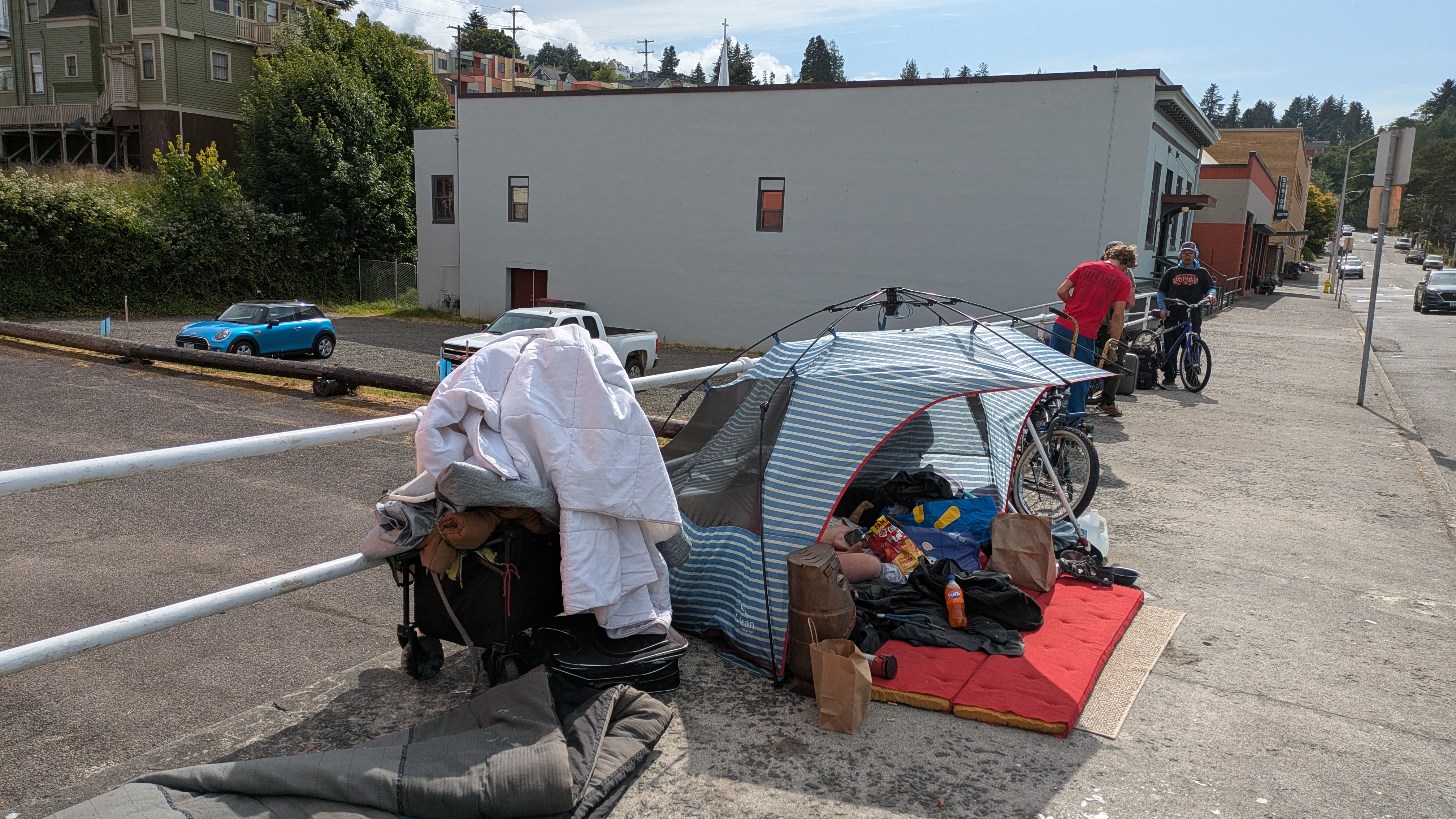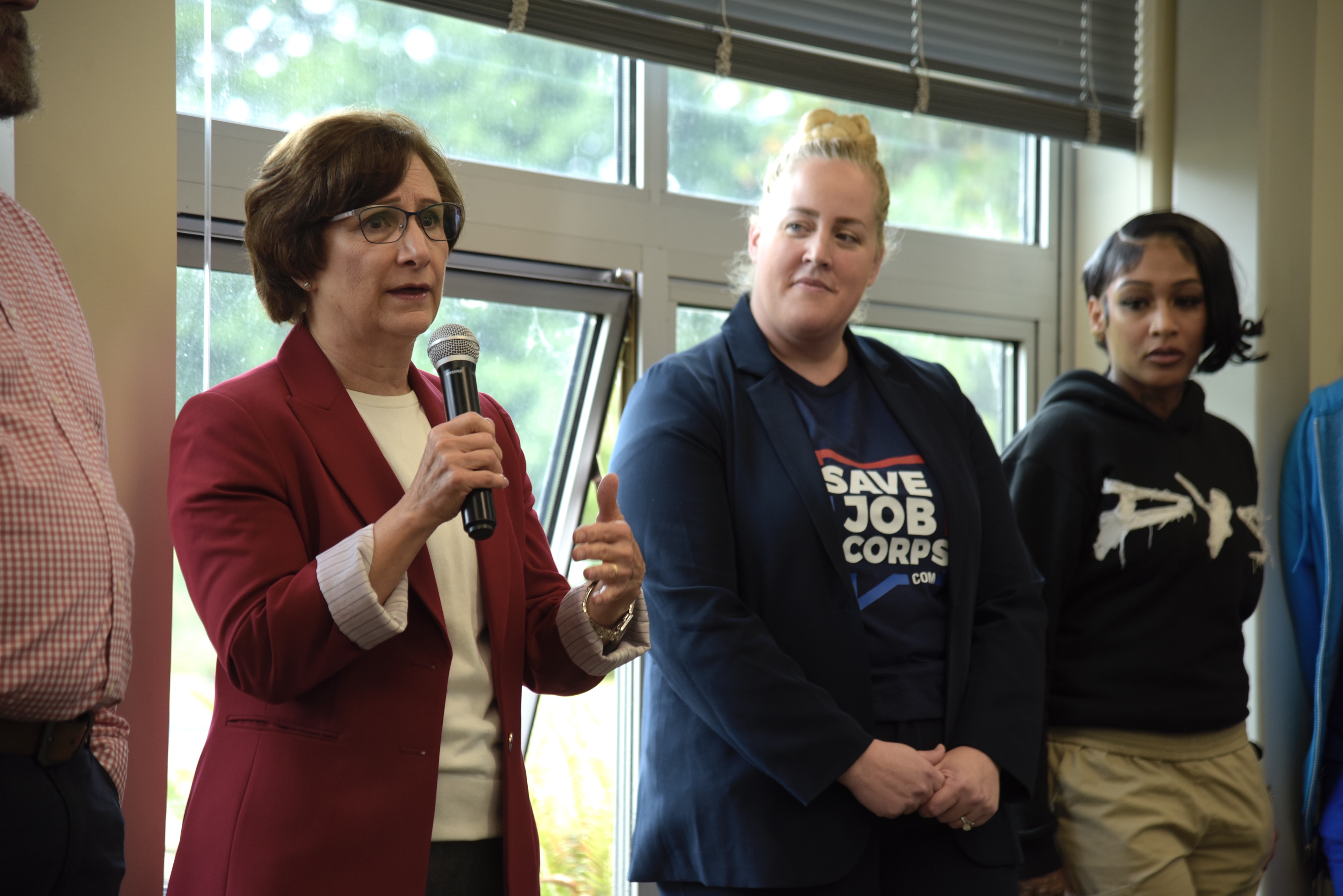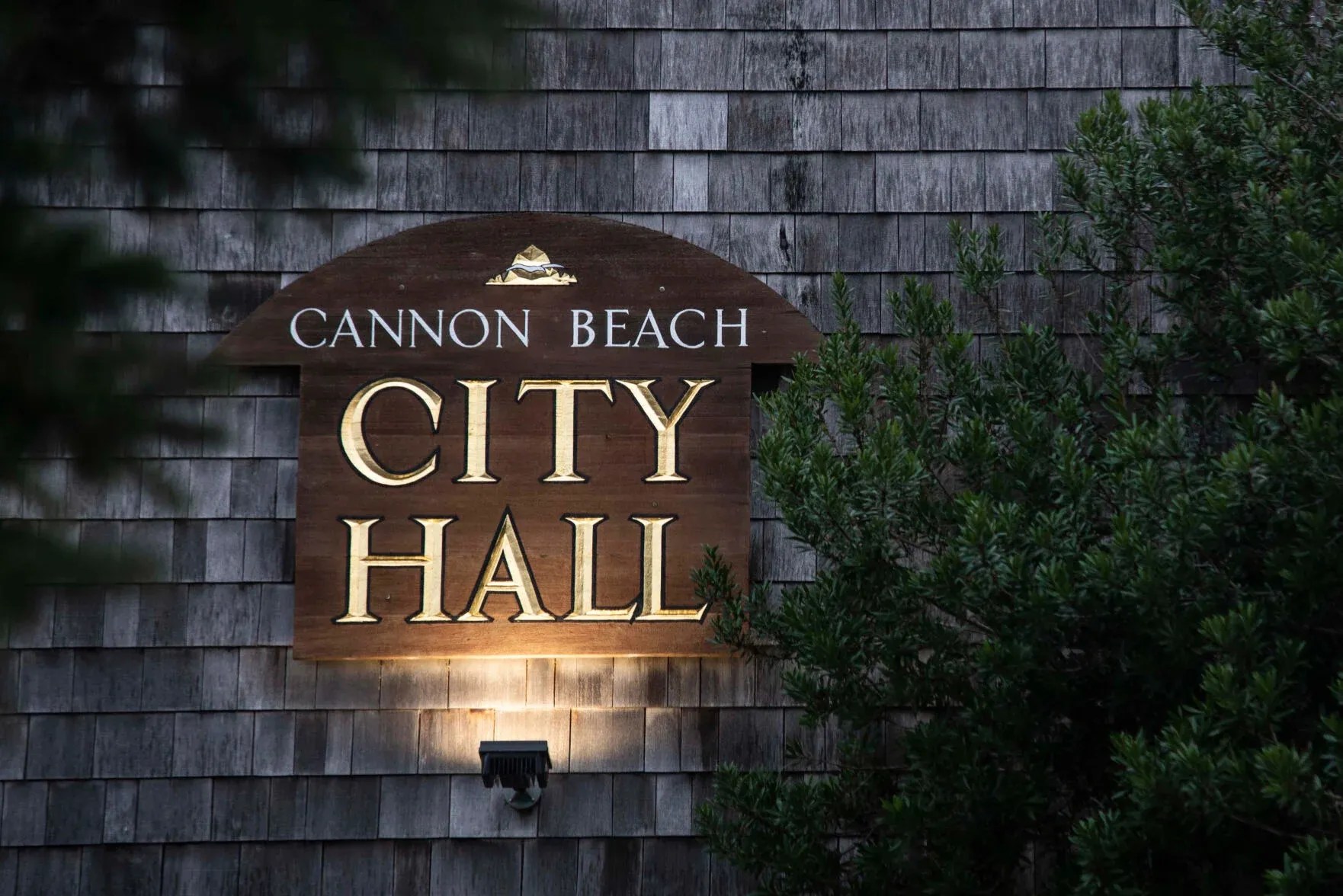Seaside approves urban renewal plan
Published 4:34 am Tuesday, August 29, 2017

- Map of Seaside's urban renewal boundary, including 33 acres of Weyerhaeuser property eliminated from the adopted plan.
SEASIDE — City councilors unanimously adopted the Southeast Seaside Urban Renewal Plan on Monday, with one important change — the elimination of 33 acres of Weyerhaeuser-owned forestland from the 560-acre project.
“We heard concerns about the particular piece of land that is included in the plan that is not in the city property and not in the urban growth boundary,” City Councilor Tita Montero said.
“When all is said and done, I think the right thing to do is diminish the boundaries and reduce the size of the urban renewal district by removing the forestland outside the city limits.”
The Weyerhaeuser property had been considered a way to provide additional infrastructure — water, sewer lines and roads — to the Seaside School District’s new campus, City Manager Mark Winstanley said. “That was the thought behind putting that piece of property in — it gave more options to the agency.”
Urban renewal is a financing program authorized under state law and implemented locally, allowing the use of property tax revenues from city and regional taxing districts to grow the economy in blighted or underdeveloped areas.
Funding comes through increases in assessed values of local properties.
As new development arrives and existing properties are improved, assessments rise and see property tax increases. Property taxes on the growth in assessed value in the urban renewal area are frozen and increases are allocated to the city’s urban renewal agency and not the taxing districts.
The urban renewal plan sets a limit on the amount of money which can be used to fund projects, with a maximum indebtedness of $68.5 million. The plan has a duration of 25 years.
City data indicated the prior urban renewal area’s assessed value grew at 5 percent annually from 2008 to 2014, even during the recession, consultant Elaine Howard wrote in a report Monday.
The city’s past urban renewal programs helped provide financing for The Turnaround and Prom, the city’s sewage plant, 12th Avenue improvements and construction of a new library.
The urban renewal district could provide up to $45 million in funds for improvements to four bridges vulnerable to tsunamis, on Avenue A, G, S and U. Other projects could bring street and infrastructure improvements to the city’s south end, business assistance, property acquisition and workforce housing.
Priorities are determined by the Seaside Improvement Commission and may change over time, Howard wrote. If new projects are proposed, they must be added to the plan through an amendment in a public meeting at the improvement commission.
The elimination of the Weyerhaeuser property from the plan came after a City Council hearing earlier this month in which residents urged councilors to reconsider.
Members of the Oregon Coast Alliance disputed findings that the county-zoned parcel owned by Weyerhaeuser is blighted.
“This urban renewal plan seems to be poorly designed, very conclusory and many questions have not been answered, including, but not limited to, why is 32 acres included since a forest parcel cannot be blighted?” Oregon Coast Alliance Land Use Director Cameron La Follette said after the meeting. “A great deal more needs to be done to make sure it is consistent with the Seaside comprehensive plan, and right now it is not.”
This theme was repeated during Monday’s public comment period before city councilors addressed the concern by eliminating the property from the proposal.
They also sought to calm fears of rising property taxes, use of eminent domain and to distinguish the plan from expansion of the urban growth boundary, a separate process based on population projections and other demographic factors.
“Hopefully a lot of those concerns were allayed, and people understand this is not an increased tax on homes,” Councilor Randy Frank said.
Councilors also considered an amendment clarifying the plan’s water and sewer system policies.
“It is not new language,” Winstanley said. “It is language that is intended to clarify. You’re not adding anything new to the plan.”
The City Council unanimously voted to remove the Weyerhaeuser property from the urban renewal district, along with the new verbiage.
The vote was followed by unanimous adoption of the ordinance approving the plan.
The elimination of the Weyerhaeuser property won’t impact the building of the new Seaside School District campus, Winstanley said after the meeting. “The question is: ‘Do we have to have this parcel in?’ And I said I couldn’t identify any particular project that would be affected.”
The Clatsop County Board of Commissioners, which held a public hearing on the urban renewal plan in July, meets Sept. 13 to consider the city’s request. If approval is granted, urban renewal district boundaries would be frozen and the land would be designated as a taxing district, possibly as early as October.
“As the assessed value grows, the increment starts to build up,” Winstanley said.





